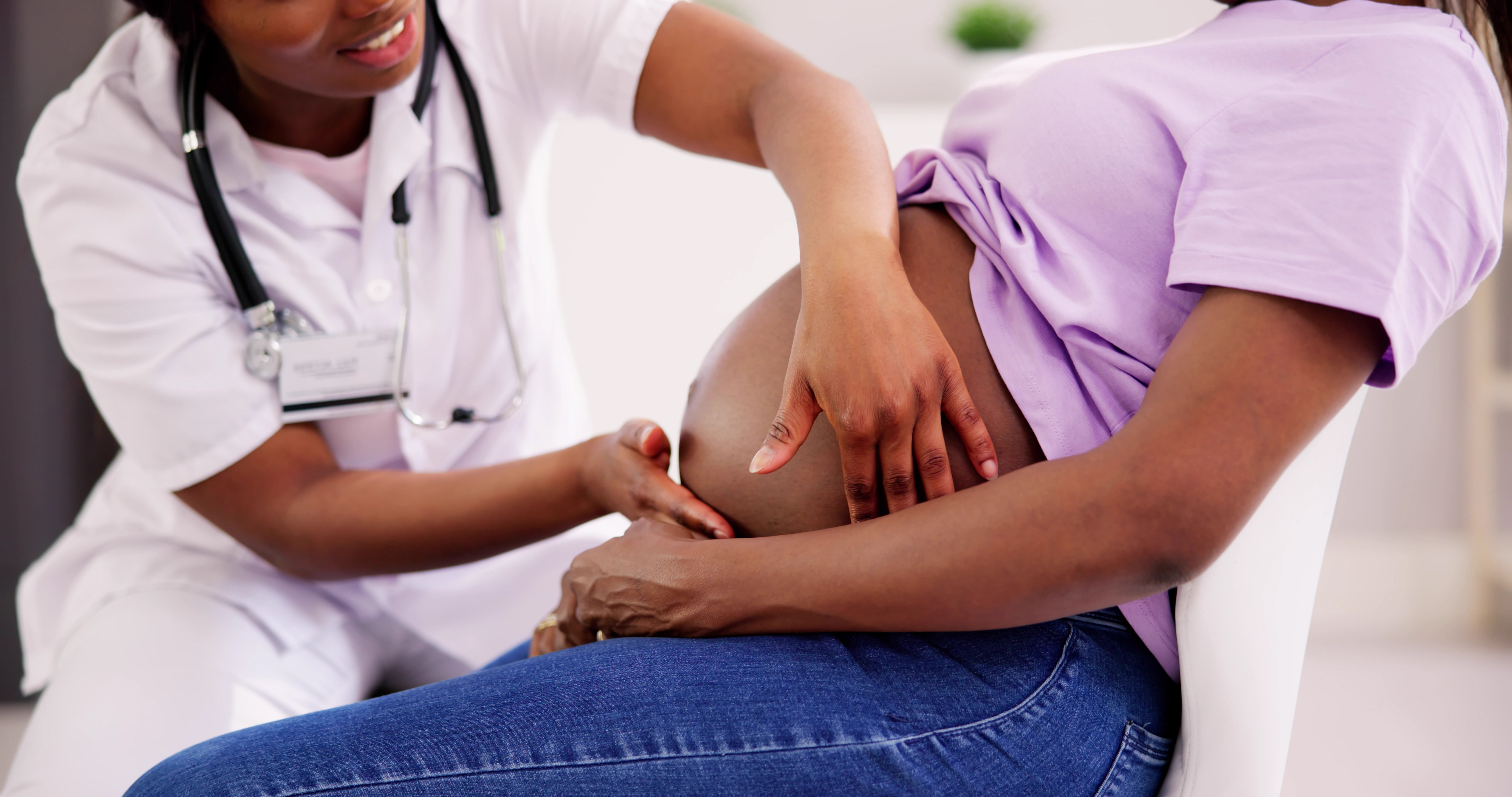
CIRCLE
University of Oklahoma
The Center for Indigenous Resilience, Culture, and Maternal Health Equity (CIRCLE) at the University of Oklahoma brings together researchers and community partners in Oklahoma and the Southern Plains region to discover the sources of indigenous maternal mortality and morbidity disparities and translate scientific results into solutions that promote maternal health.

University of Oklahoma
Contact
-
Co-Principal Investigator: Dr. Karina M. Shreffler
-
Co-Principal Investigator: Dr. Timothy M. VanWagoner
-
Co-Principal Investigator: Dr. Jed Friedman
-
Co-Principal Investigator: Dr. Paul Spicer
-
Project Coordinator: Meagan Meadows

At a Glance
1
Research Project
2+
Community Partners
Research Topics- Indigenous Health
- Food insecurity
- Social/Structural stress
Status
Research activities started
Overarching Aims
Leverage existing and expand current partnerships with tribal health partners on patient-centered outcomes research and interventions.
Cultivate and support an interdisciplinary team of independent experts focused on discovering the basis for and solutions to Indigenous maternal health disparities.
Research Project Details
Food for LifecOURse equity in maternal Security and Health (FLOURISH)
The FLOURISH project is an individual and family level intervention focused on social/structural stress, food insecurity, and cardio-metabolic risks during pregnancy. The project will include a community-based participatory research (CBPR) study in partnership with stakeholders and a longitudinal study of 350 pregnant women who identify as American Indian/Native Alaskan/Alaska Native (AI/NA/AN) recruited at partnering tribal and Indian Health Service (IHS) sites.
Key Maternal Health Indicators: Oklahoma
-
47,909
live births in 20231
-
33.1%
of births were cesarean deliveries 1
-
11.0%
of births were preterm 1
-
52.5%
of deliveries were covered by Medicaid 1
-
776
women with life-threatening complications per every 100,000 births 2
-
24.8
women dying from pregnancy complications per every 100,000 births 3
-
2.8x
more American Indian women die from pregnancy complications than White women 3
-
Top-3 causes
of pregnancy-related deaths:hemorrhage, infection (sepsis and COVID-19), and hypertensive disorders of pregnancy3
-
12.8%
of women are without a birthing hospital within 30 minutes 4
-
75.3%
of birthing women start prenatal care in the 1st trimester 1
Partner Organizations
The CIRCLE research team works closely with the Southern Plains Tribal Health Board, representing 43 tribal nations in Oklahoma, Texas, and Kansas. The center is also creating an external advisory committee to facilitate the development of interventions to eliminate health disparities. The advisory team will be comprised of Indigenous mothers and patients, leaders from various tribal nations, health care providers, health system leaders, and Indian Health Service policymakers.
- Southern Plains Tribal Health Board
- OU College of Nursing
- Oklahoma State University College of Osteopathic Medicine at the Cherokee Nation
- OU College of Public Health
- OU Health Sciences Center
- OU College of Medicine
- University of Oklahoma
- Oklahoma Clinical and Translational Science Institute
- Harold Hamm Diabetes Center
“Maternal health research helps to promote the well-being of women during pregnancy and childbirth, reduces maternal mortality, and improves infant health and development. Our goals with this work are to improve health outcomes and promote health equity for Indigenous women and children who are most at risk and, ultimately, to save lives.”

Our Work
References
- Data are from 2023 live births occurring within the state. Cesarean deliveries are the percentage of live births where the final route and method of delivery was cesarean. Preterm births are the percentage of live births where the gestational age at birth was less than 37 weeks. Medicaid coverage is the percentage of live births where the source of payment for the delivery hospitalization was Medicaid. Prenatal care in the 1st trimester is the percentage of live births where the first prenatal appointment occurred between the 1st and 3rd month of pregnancy.
Source: Centers for Disease Control and Prevention, National Center for Health Statistics. National Vital Statistics System, Natality on CDC WONDER Online Database. - Life threatening complications are deliveries with a diagnosis or procedure code indicating severe maternal morbidity. Information reported for 2020.
Source: Agency for Healthcare Research and Quality, Healthcare Cost and Utilization Project, State Inpatient Databases 2010 to 2021. - Information based on pregnancy-related deaths in 2019-2021. Pregnancy-related deaths include deaths during or within a year of pregnancy from causes related to or aggravated by the pregnancy or its management.
Source: Oklahoma State Department of Health. Oklahoma Maternal Health Morbidity and Mortality Annual Report, 2023. - March of Dimes Maternity Care Deserts Report 2023.




